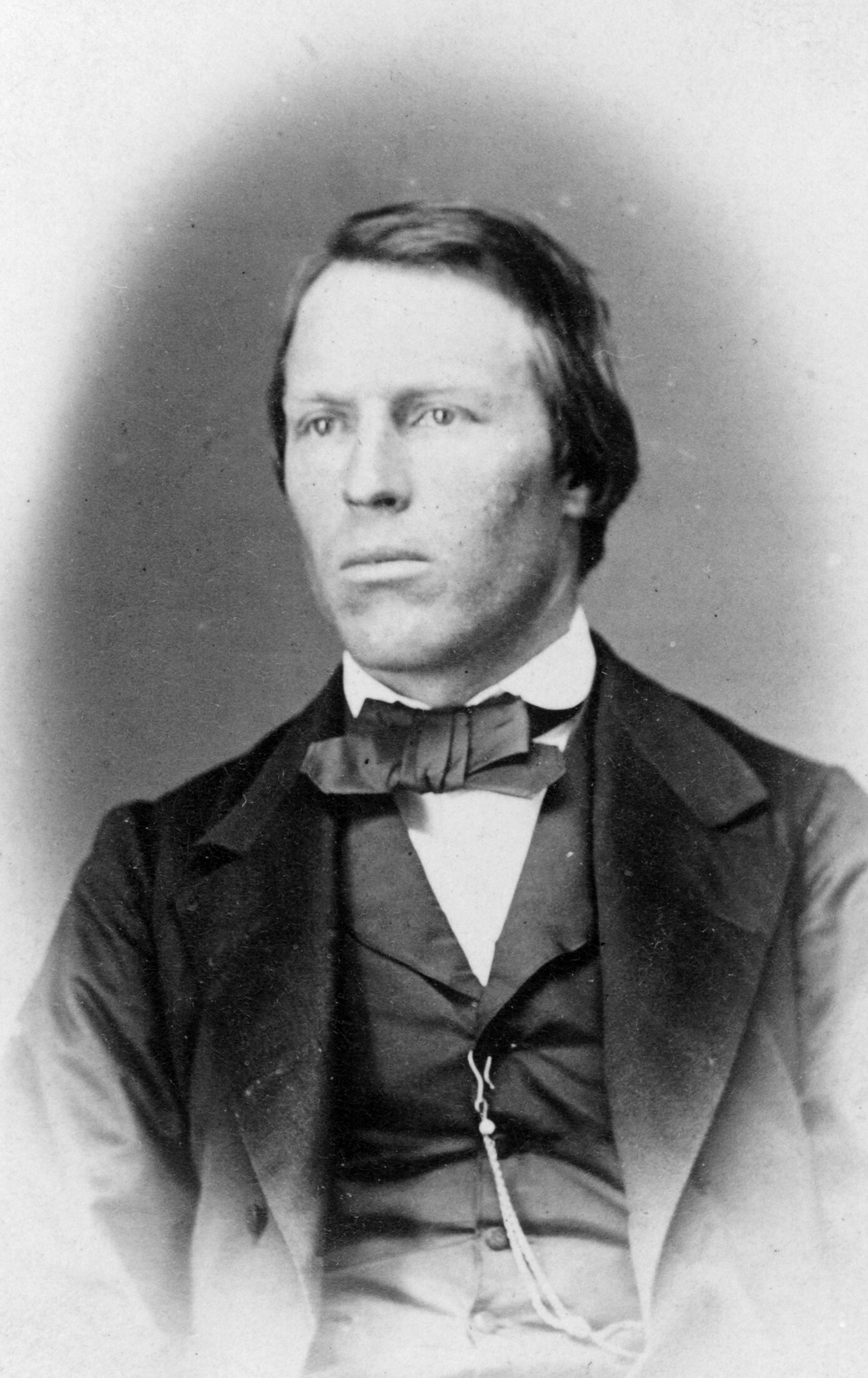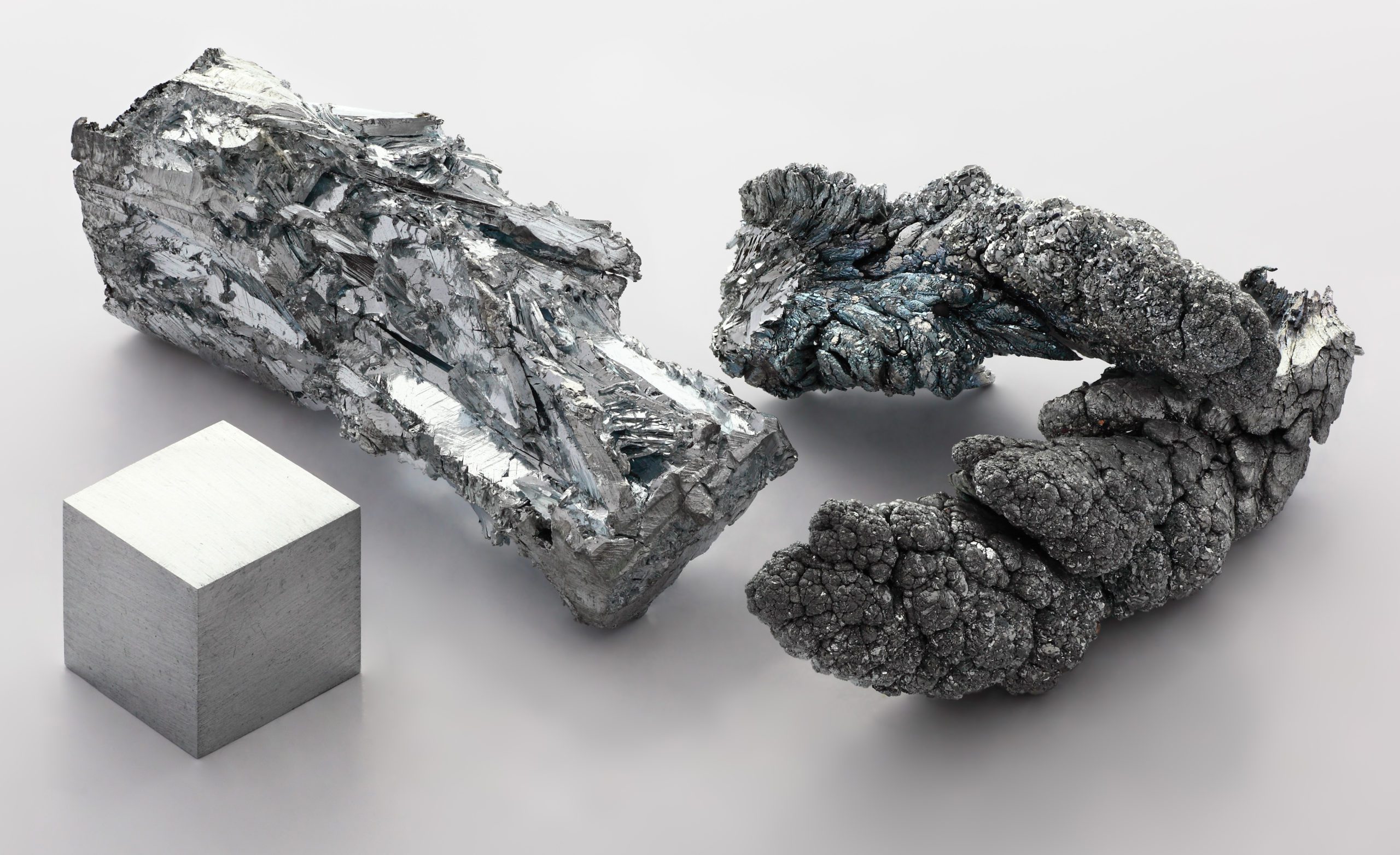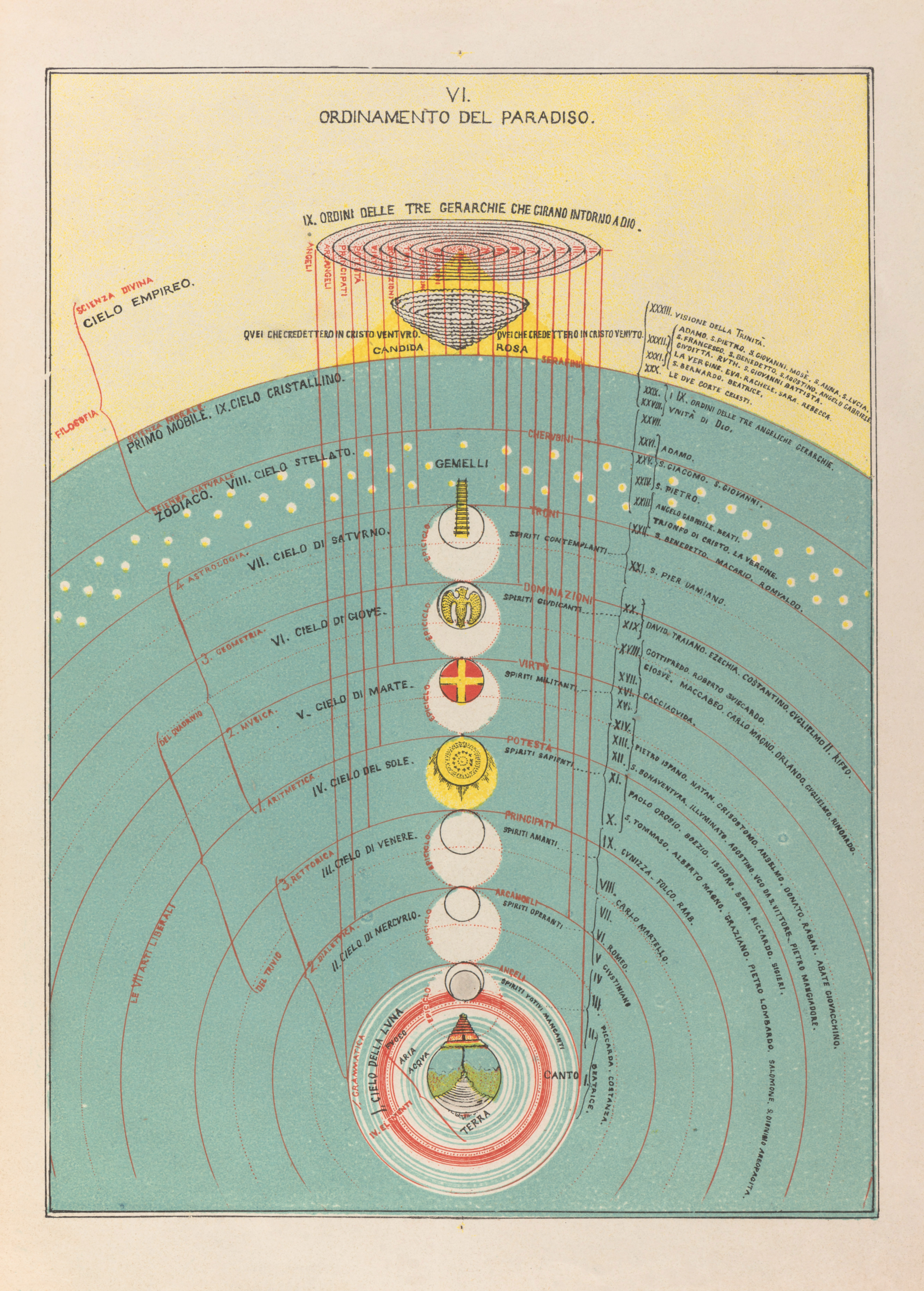Tag: Gold
-
Gold Rush Roulette: Byers and Kellom’s Gamble on Frontier Fortune
It’s time for a tale that’ll knock your socks off faster than a mule kick to the britches! William N. Byers and John H. Kellom decided to cash in on the gold fever sweeping the nation and penned the ultimate guide for fortune seekers: “Hand Book To the Gold Fields of Nebraska and Kansas.” They…
-
William N. Byers – The NEBRASKA years (1854-1859)
William Byers didn’t just become the first deputy surveyor in Nebraska Territory – he carved that godforsaken wilderness into a semblance of civilization with nothing but his wits and a rusty transit! This cartographic conquistador didn’t just create the first official plat of Omaha – he birthed a city from the very soil! Don’t think…
-

William N. Byers – The OHIO and IOWA Years (1831 – 1854)
William Newton Byers, that paragon of pioneer pluck, burst forth from his mother’s womb on February 22, 1831, in West Jefferson, Madison County, Ohio. This wasn’t just any birth – it was a cosmic event that would shape the very fabric of the American West! His parents, Moses Watson Byers and Mary Ann Brandenburg, weren’t your…
-

Chrysiasis
Chrysiasis is a dermatological condition induced by the parenteral administration of gold salts, usually for the treatment of rheumatoid arthritis. Such treatment has been superseded as the best practice for treating the disease because of “numerous side effects and monitoring requirements, their limited efficacy, and very slow onset of action”. Similar to silver, a gold preparation used parenterally for a long period may rarely…
-
Cathepsin G
Cathepsin G plays an important role in eliminating intracellular pathogens and breaking down tissues at inflammatory sites, as well as in anti-inflammatory response
-
Sodium aurothiomalate aka gold sodium thiomalate
Sodium aurothiomalate (INN, known in the United States as gold sodium thiomalate) is a gold compound that is used for its immunosuppressive anti-rheumatic effects. Along with an orally-administered gold salt, auranofin, it is one of only two gold compounds currently employed in modern medicine. Medical uses It is primarily given once or twice weekly by intramuscular injection for moderate-severe rheumatoid arthritis. It has also proven to…
-
Thrombin
Thrombin (fibrinogenase, thrombase, thrombofort, topical, thrombin-C, tropostasin, activated blood-coagulation factor II, blood-coagulation factor IIa, factor IIa, E thrombin, beta-thrombin, gamma-thrombin) is a serine protease, an enzyme that, in humans, is encoded by the F2 gene. During the clotting process, prothrombin (coagulation factor II) is proteolytically cleaved by the prothrombinase enzyme complex to form thrombin. Thrombin in turn acts as a serine protease that converts soluble fibrinogen into insoluble strands of fibrin, as well as catalyzing many other coagulation-related reactions. History After the description…
-

Microsomal prostaglandin E synthase-1 (mPGES-1)
Microsomal prostaglandin E synthase-1 (mPGES-1) or Prostaglandin E synthase is an enzyme that in humans is encoded by the PTGES gene. The protein encoded by this gene is a glutathione-dependent prostaglandin E synthase. The expression of this gene has been shown to be induced by proinflammatory cytokine interleukin 1 beta (IL1B). Its expression can also be induced by tumor suppressor protein TP53, and may be involved in…
-
Elastase
In molecular biology, elastase is an enzyme from the class of proteases (peptidases) that break down proteins. In particular, it is a serine protease. Forms and classification Eight human genes exist for elastase: Family Gene symbol Protein name EC number Approved Previous Approved Previous chymotrypsin-like CELA1 ELA1 chymotrypsin-like elastase family, member 1 elastase 1, pancreatic EC 3.4.21.36 CELA2A ELA2A chymotrypsin-like elastase family, member 2A elastase 2A, pancreatic EC 3.4.21.71 CELA2B…
-
β-Glucuronidases
For α-glucuronidase, see alpha-glucuronidase. β-Glucuronidase β-Glucuronidase asymmetric unit showing active site residues Glu451, Tyr504, and Glu540, along with the potentially supporting Asn450 residue Identifiers Symbol GUSB NCBI gene 2990 HGNC 4696 OMIM 611499 RefSeq NM_000181 UniProt P08236 Other data EC number 3.2.1.31 Locus Chr. 7 q11.21 β-Glucuronidases are members of the glycosidase family of enzymes that catalyze breakdown of complex carbohydrates. Human β-glucuronidase is…
-

Thunderstones (and Touchstones) in Asian Tradition
In Burma they are used as a cure and preventative for appendicitis. In Japan they cure boils and ulcers. In Malaysia and Sumatra they are used to sharpen the kris, are considered very lucky objects, and have been credited with being touchstones for gold. A touchstone is a small tablet of dark stone such as slate or lydite, used for assaying precious metal alloys. It has a…
-

Zinc, maybe
No proof for the need of zinc in human cells was shown until the late 1930s. More than most ever wanted to know about zinc. A work in progress.
-

Cyanamide notes (it was a polio vaccine that spurred these notes and by now polio has five mentions on the page and these are two of them)
I’m going to add some polio vaccine stuff at the top of these notes. Hilary Koprowski is the one mentioned on the Polio Hall of Fame page who was not included in the hideous monument, see What In God’s Name, even though he (and his work) have direct connection to those who are included. He…
-

Cold-Food Powder or Five Minerals Powder, poisonous psychoactive drug popular during the Six Dynasties (220–589) and Tang dynasty (618–907)
Cold-Food Powder (Chinese: 寒食散; pinyin: hánshísǎn; Wade–Giles: han-shih-san) or Five Minerals Powder (Chinese: 五石散; pinyin: wǔshísǎn; Wade–Giles: wu-shih-san) was a poisonous psychoactive drug popular during the Six Dynasties (220–589) and Tang dynasty (618–907) periods of China. Terminology Both Chinese names hanshisan and wushisan have the suffix -san (散, lit. “fall apart; scattered”), which means “medicine in powdered form” in Traditional Chinese medicine. Wushi (lit. “five rock”) refers to the component mineral drugs, typically: fluorite, quartz, red bole clay, stalactite, and sulfur. Hanshi (lit. “cold food”) refers to eating cold foods and bathing in cold water…
-

Kodoku: The Venomous Vortex of Ancient Curses
Here’s one that might make your skin crawl and your blood run cold! Welcome to the world of Kodoku, the sinister sorcery that turns creepy crawlies into catastrophic curses! Imagine, if you dare, a jar teeming with nature’s most venomous vermin – scorpions, centipedes, and snakes, oh my! But this is no petting zoo, my…
-

Seven heavens notes
In religious or mythological cosmology, the seven heavens refer to seven levels or divisions of the Heavens. The concept, also found in the ancient Mesopotamian religions, can be found in Judaism, Christianity, and Islam; a similar concept is also found in some other religions such as Hinduism. Some of these traditions, including Jainism, also have a concept of seven earths or seven underworlds both with the metaphysical realms of deities and with observed…
NOTES
- 🧬 Disease Table with Low Sodium Connection
- 🧂 Sodium Reduction and Sodium Replacement: A History of Reformulation and Exploding Diseases, Including Many Diseases Unheard of Before Deadly Sodium Policies
- 🧂 The DEADLY 1500 mg Sodium Recommendation predates the WHO’s formal global sodium reduction push by nearly a decade (and it’s even worse than that)
- 🧬 What Is Beta-Glucuronidase?
- When Sugar Was Salt: Crystalline Confusion and the Covenant of Sweetness
Tags
ADAM ASPARTAME Birds Blood Bones Brain Bugs Cancer Columba Cows crystallography Death Death cults Eggs Etymology Gastrin Gold Growth hormone History Hormones Insulin Liver Mere Perplexity Metal Monkey Business Mythology Paracetamol Plants Poison Pregnancy Protein Religion Reproduction Rocks Salt Slavery Snakes Sodium the birds and the bees Thiocyanate Tobacco Tylenol Underworld Venom zinc

